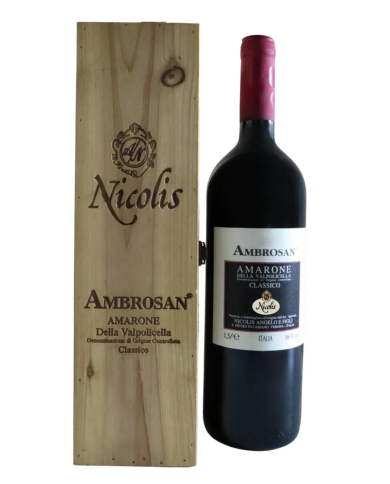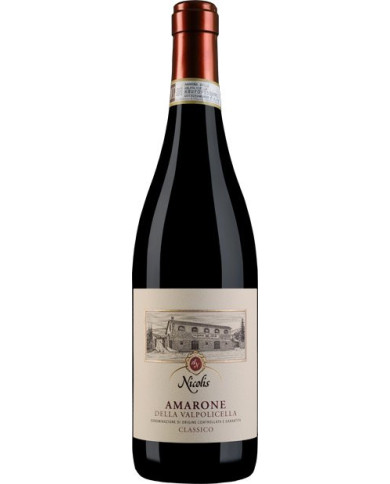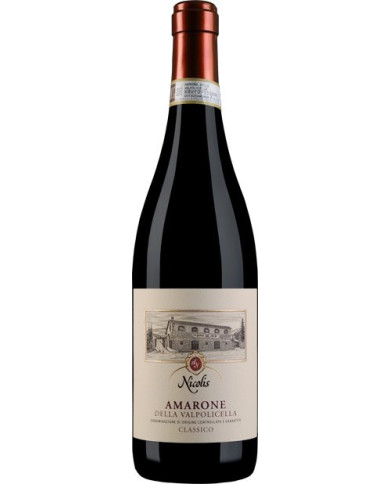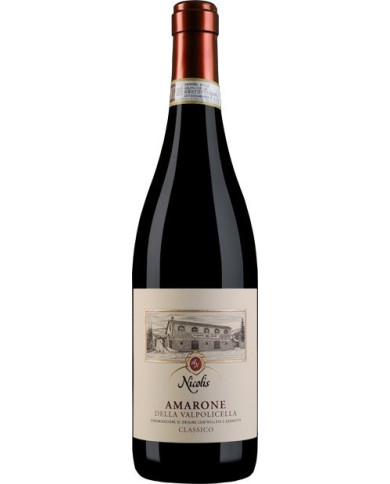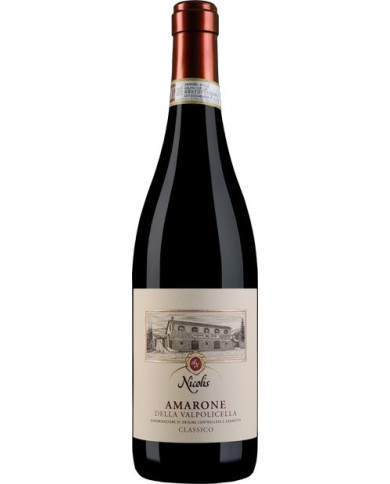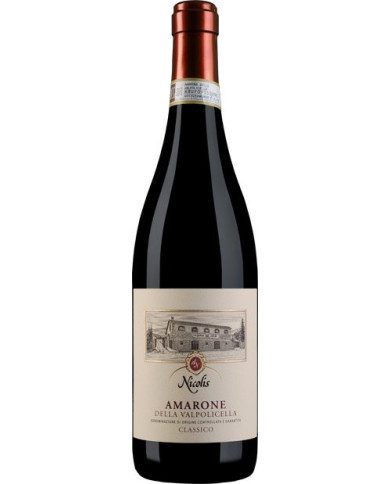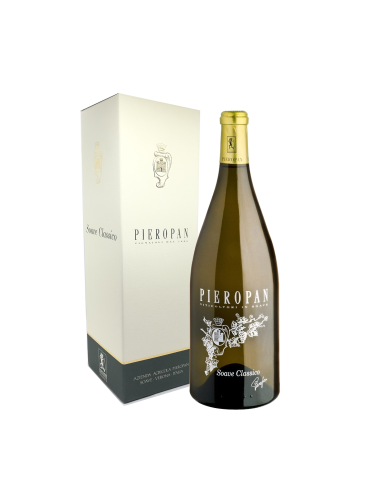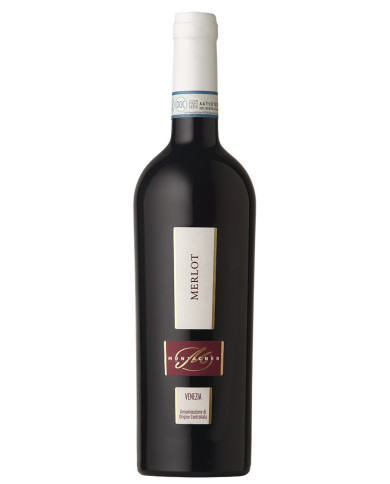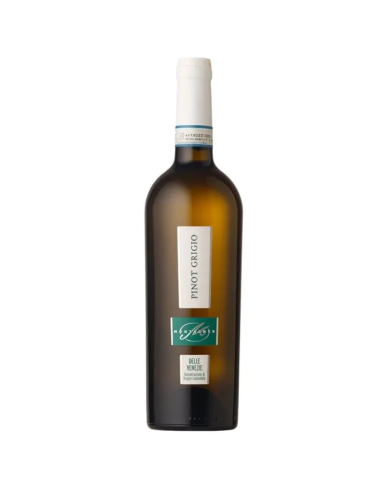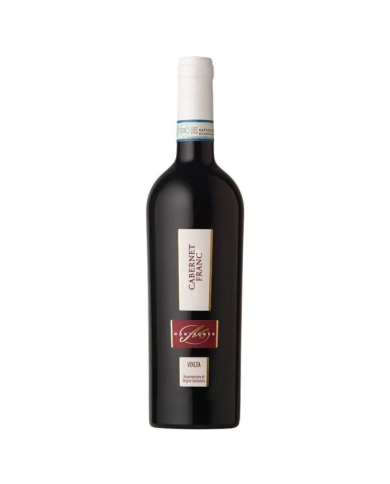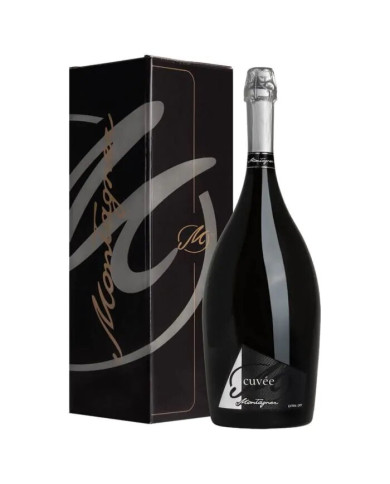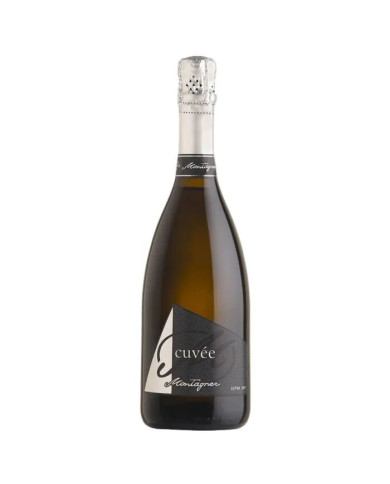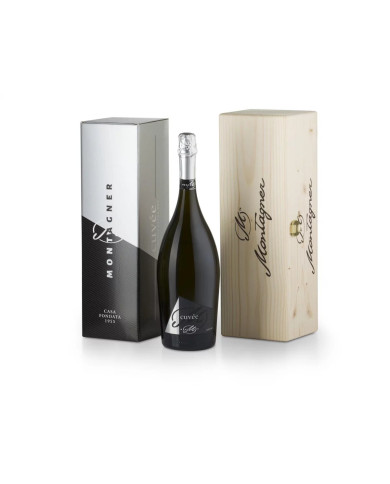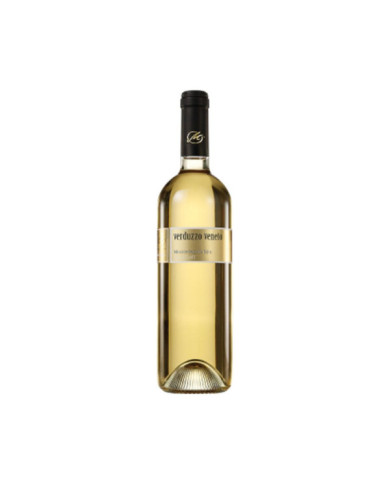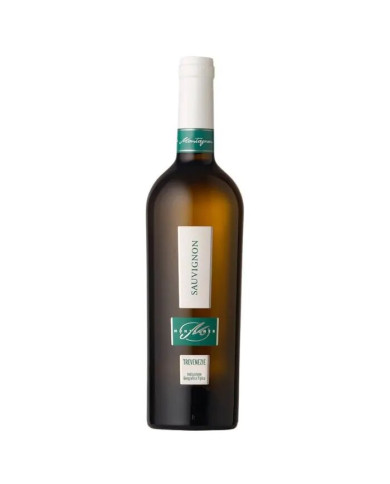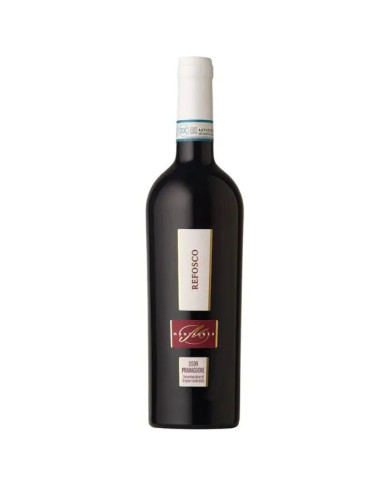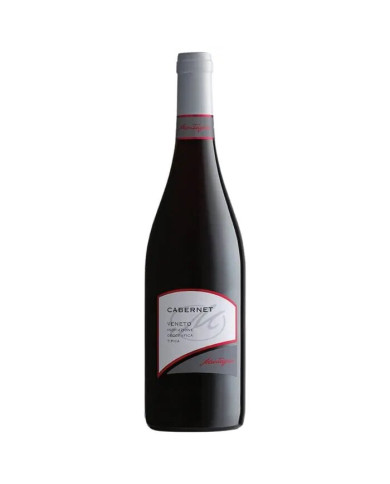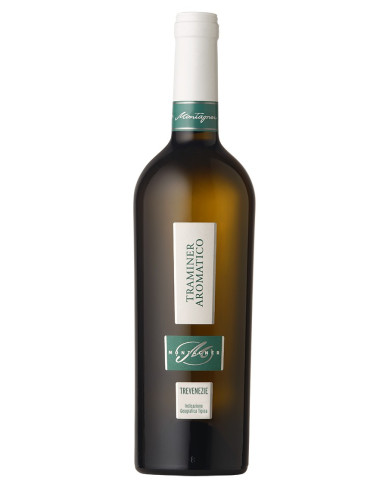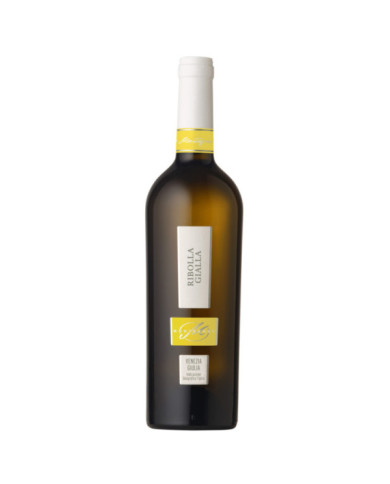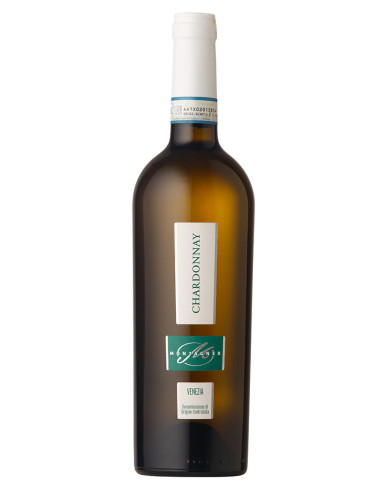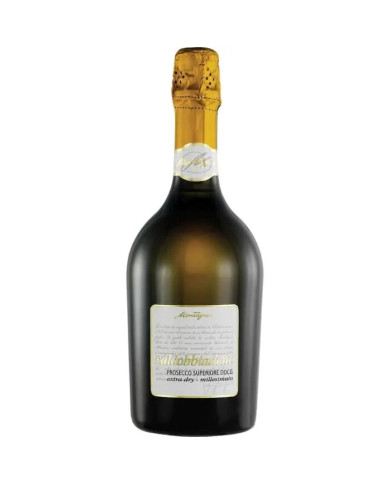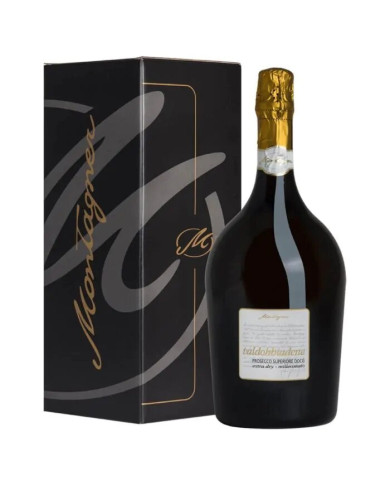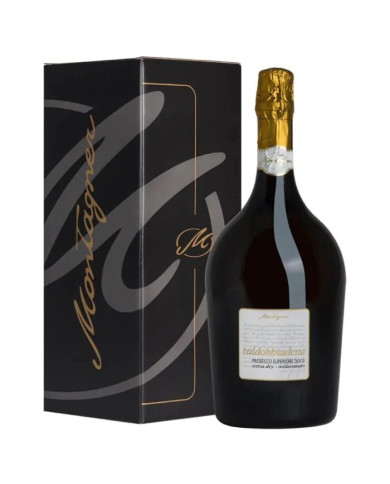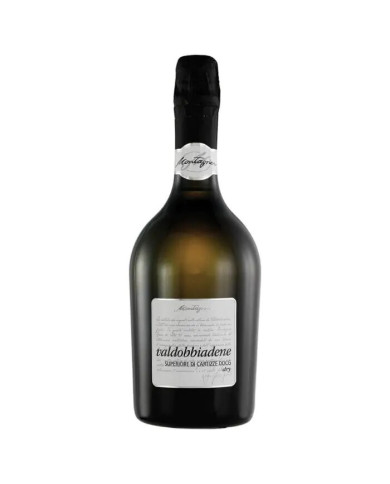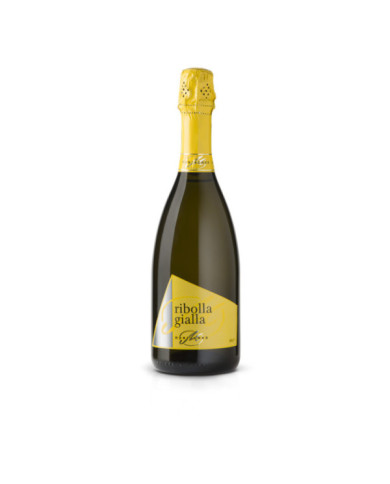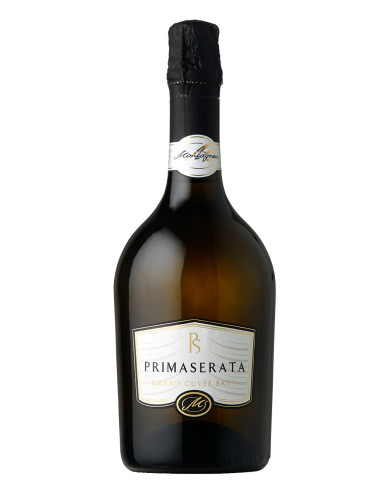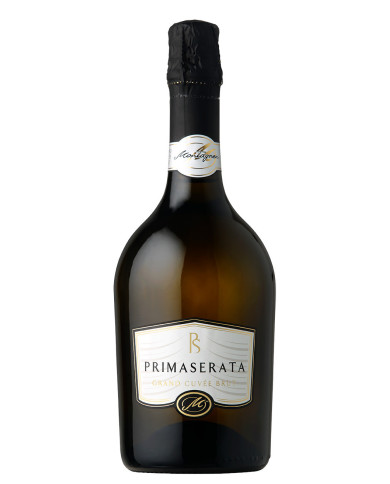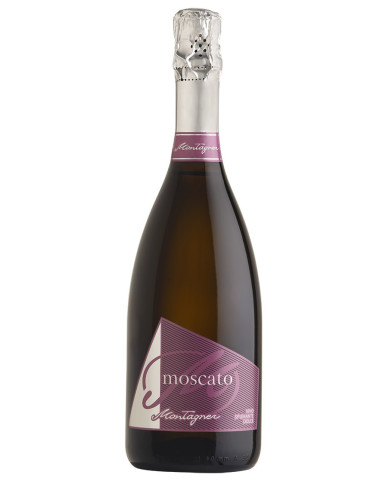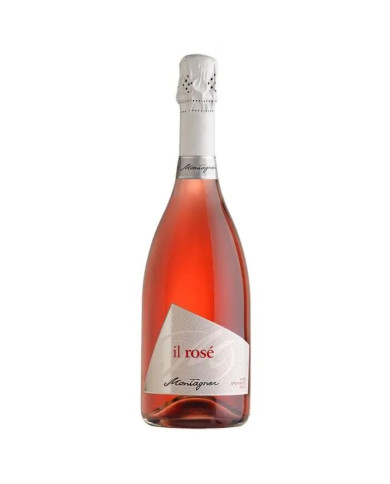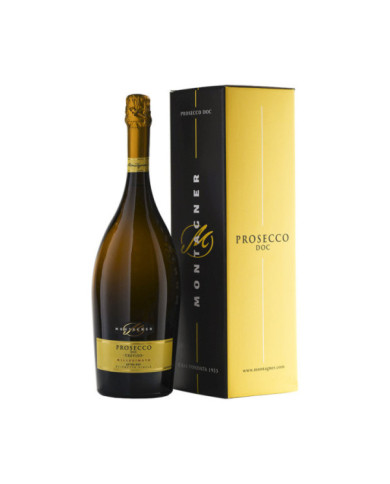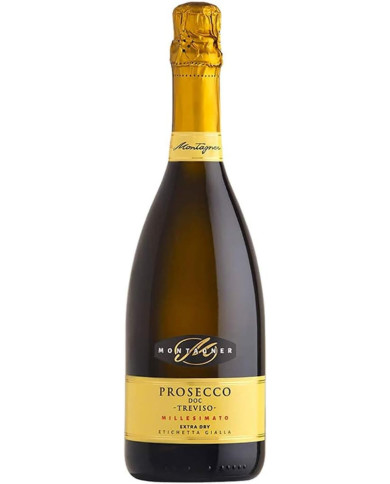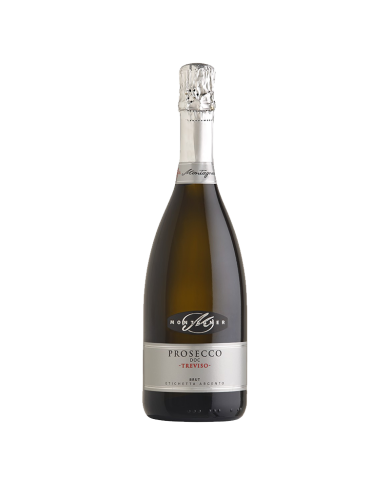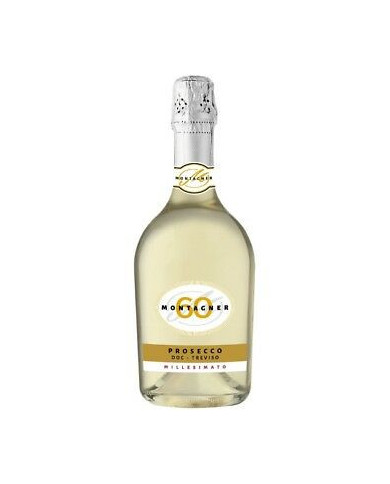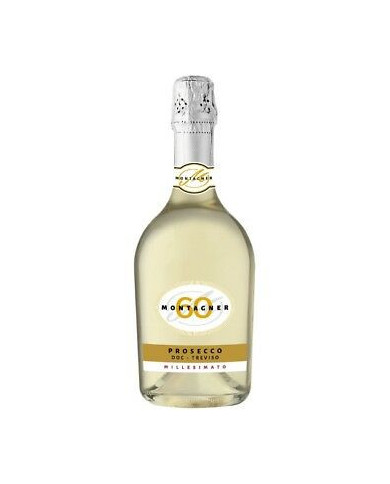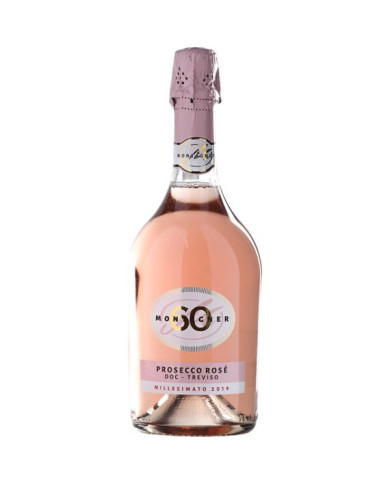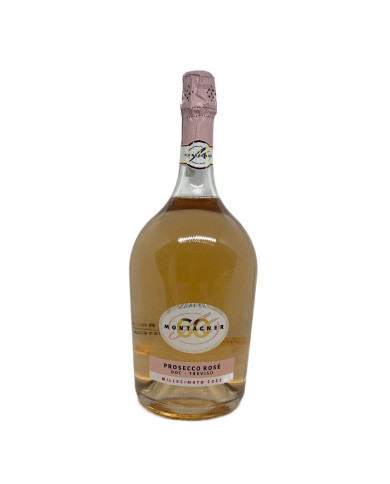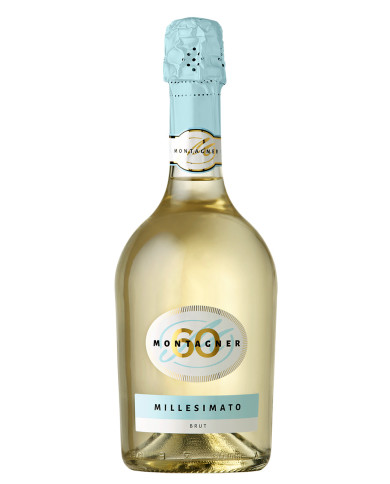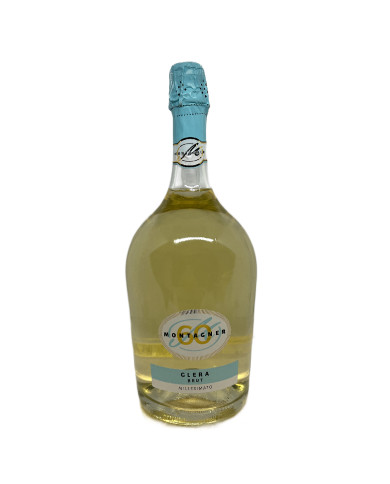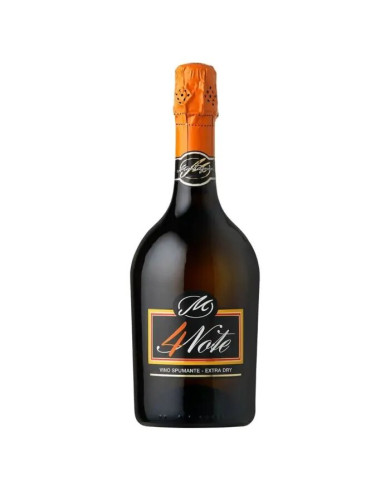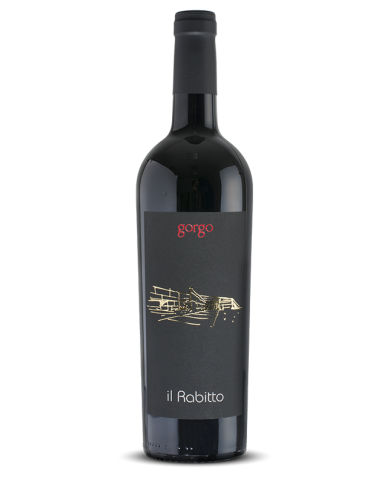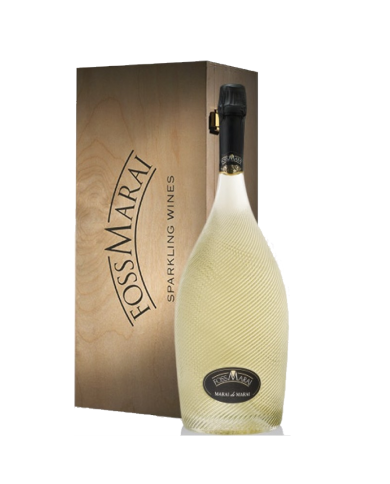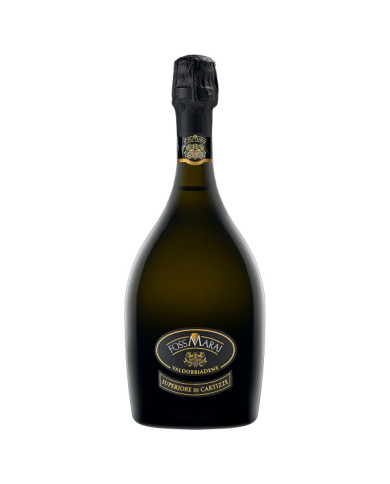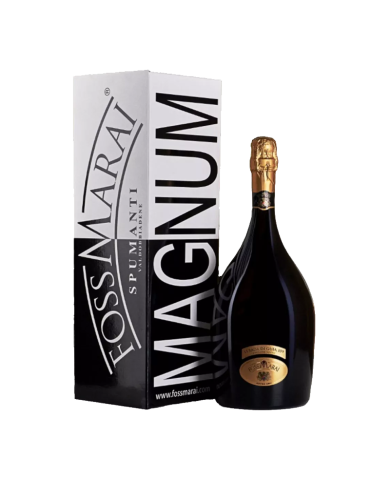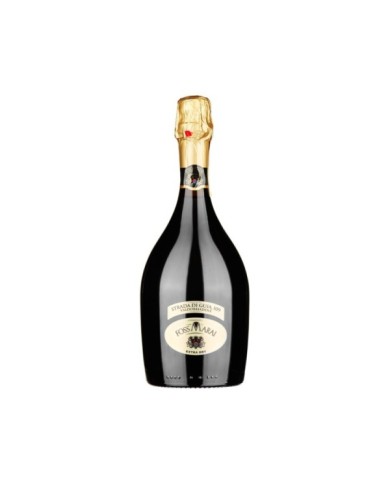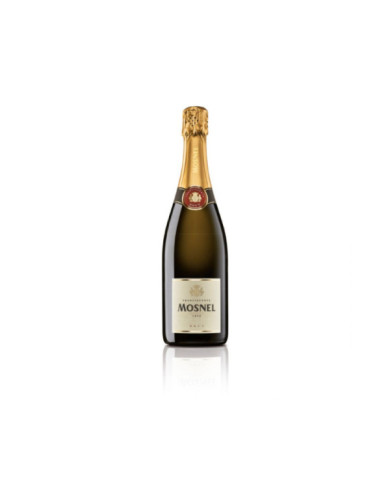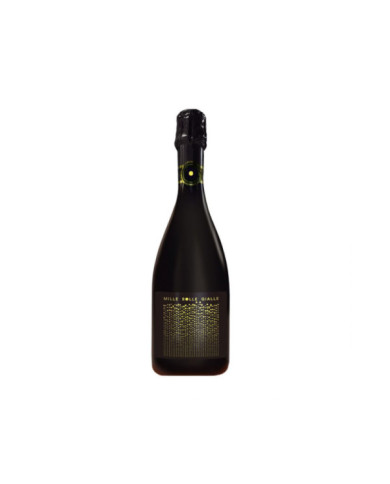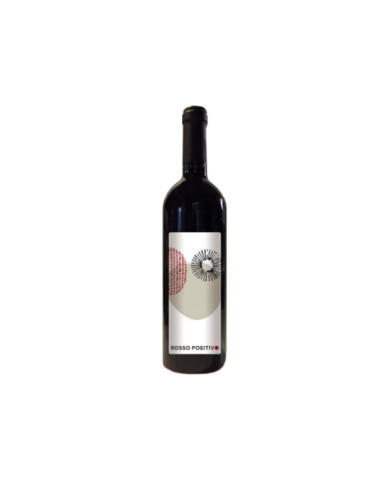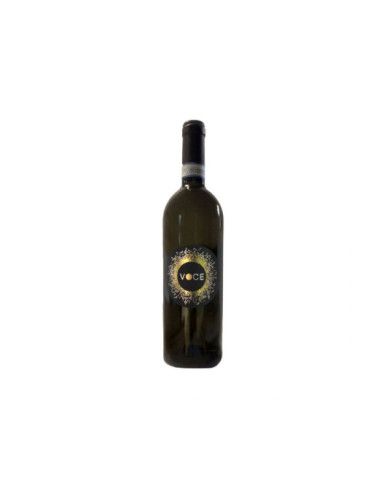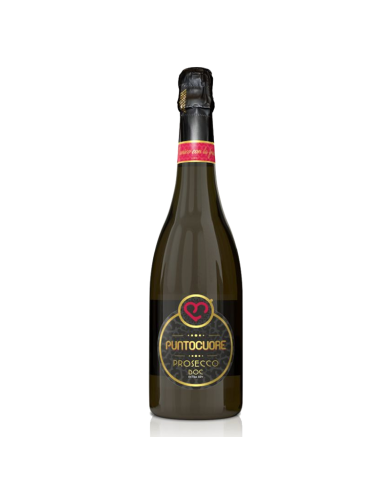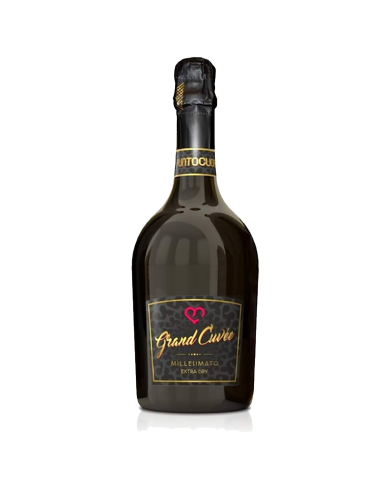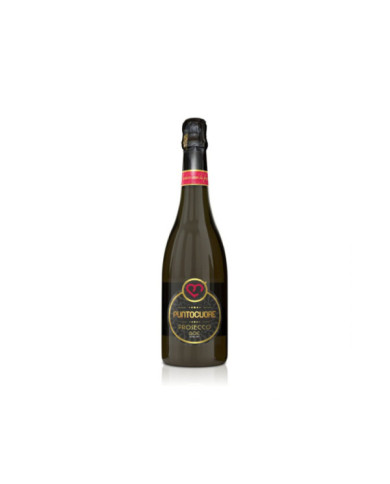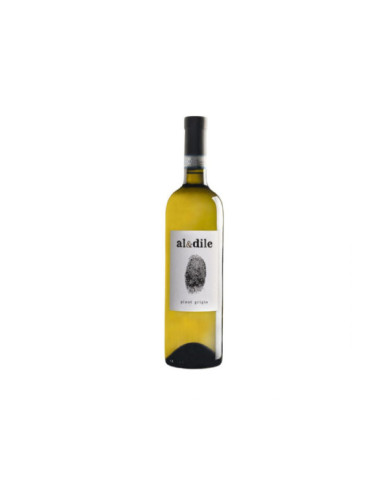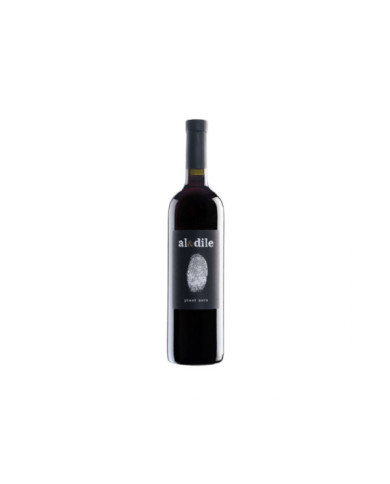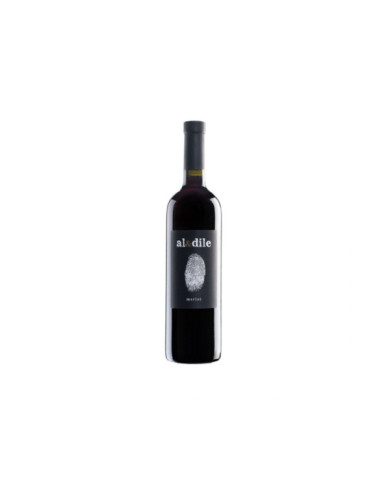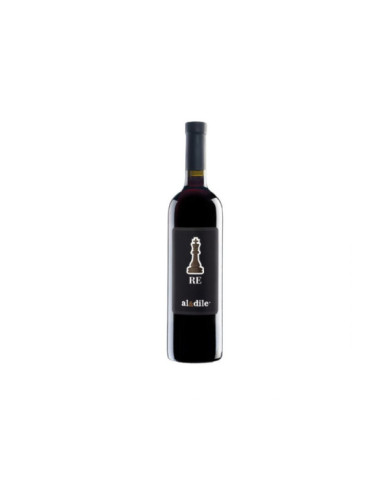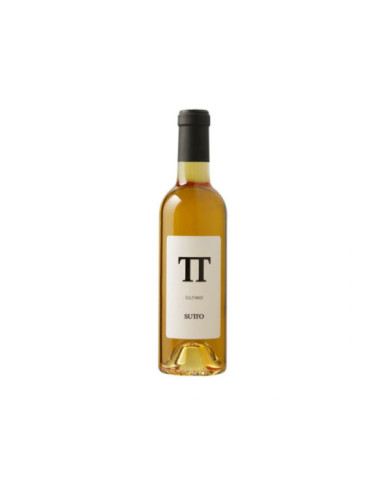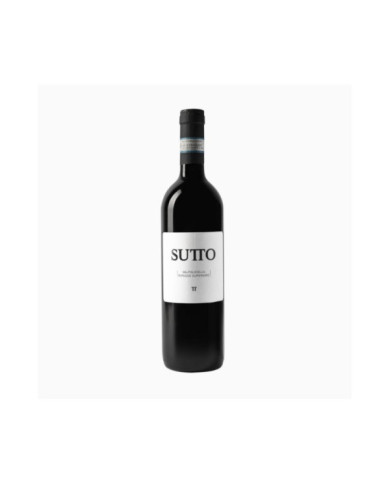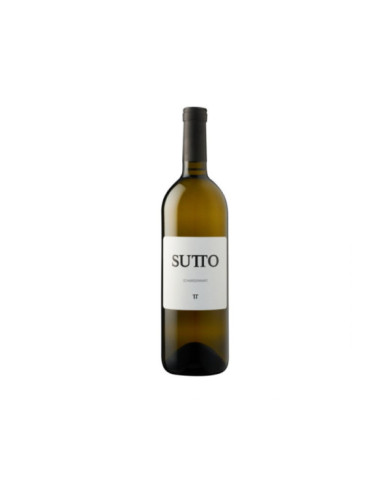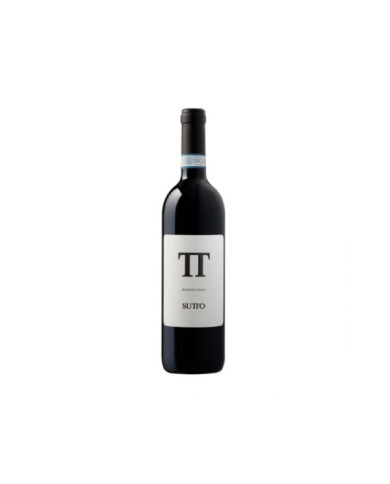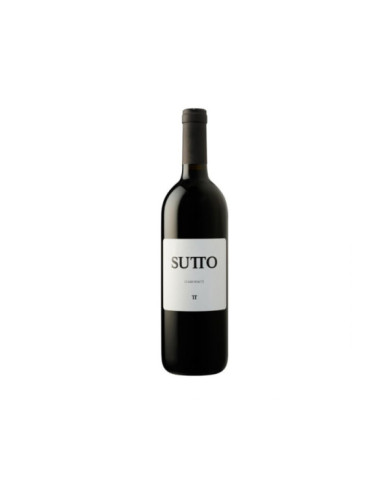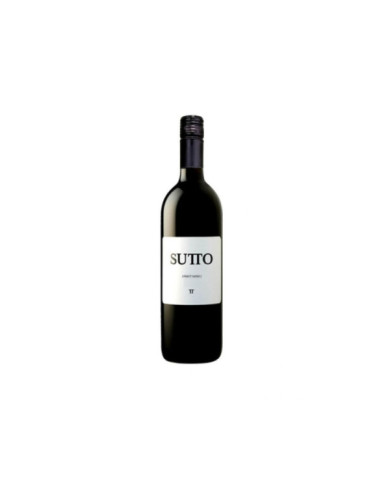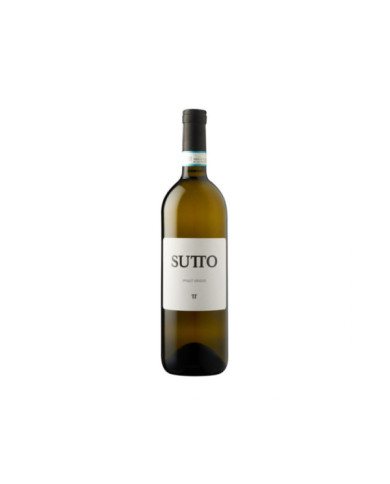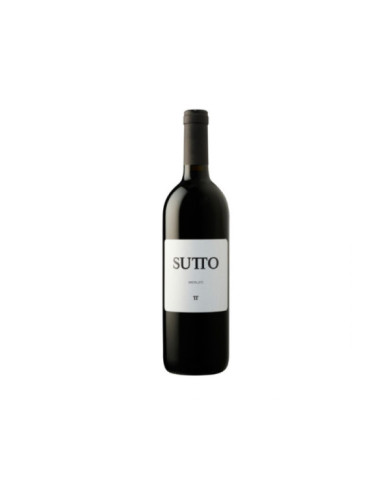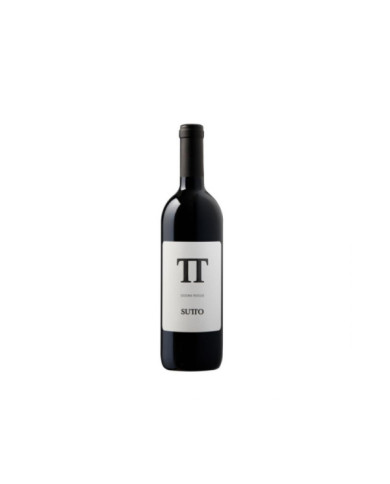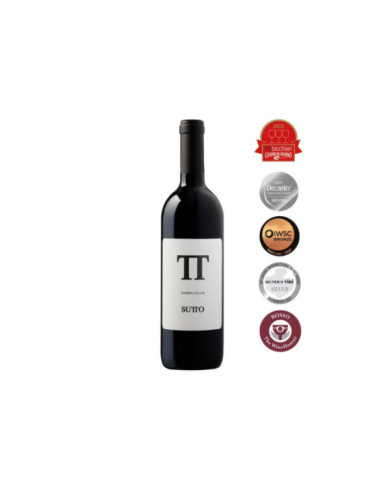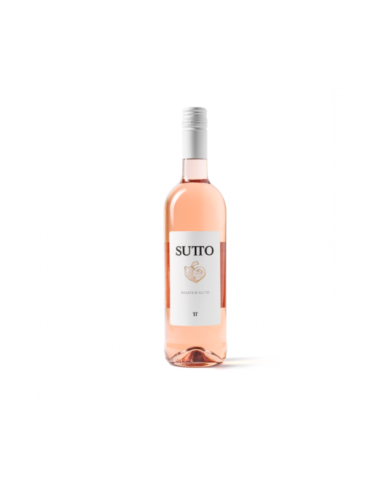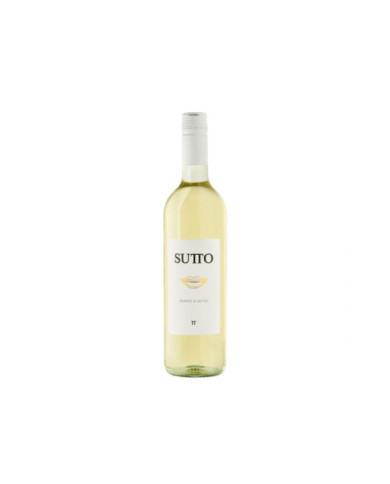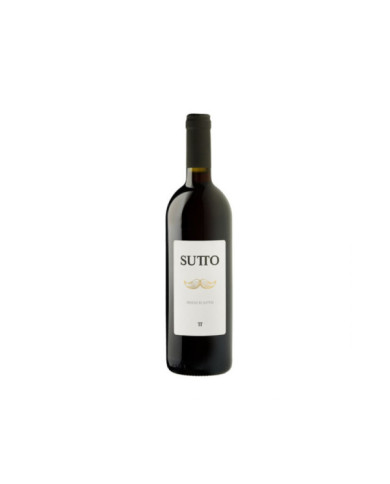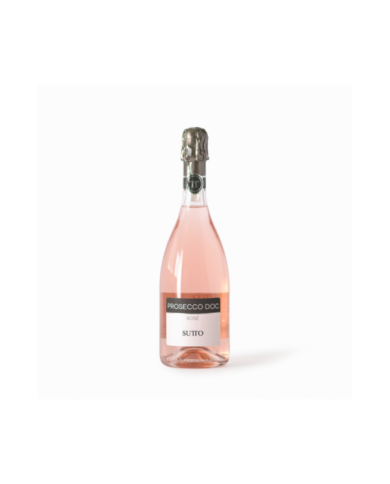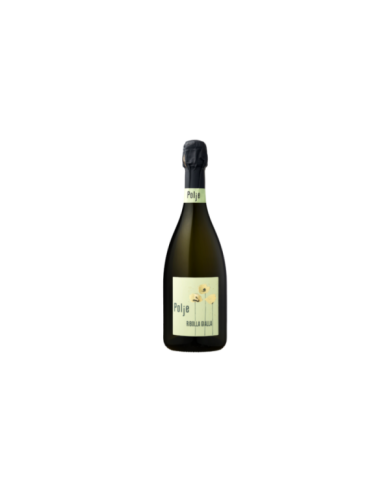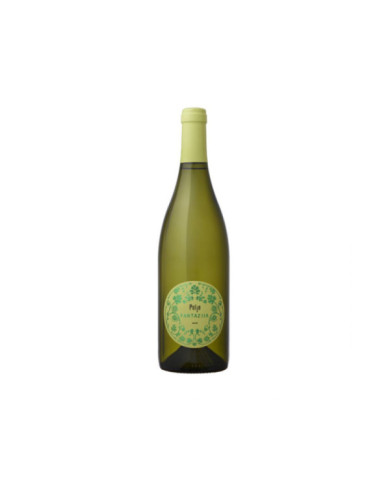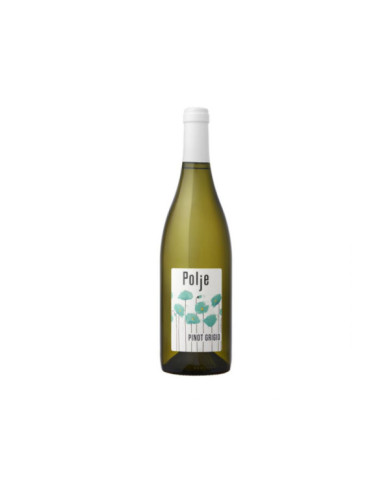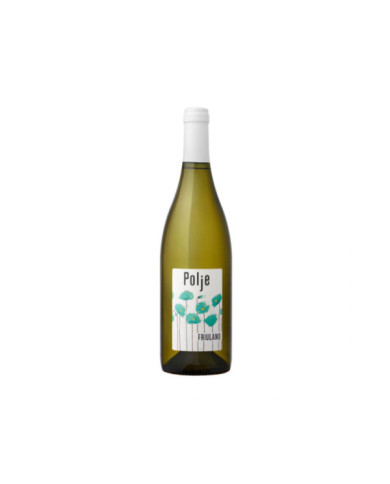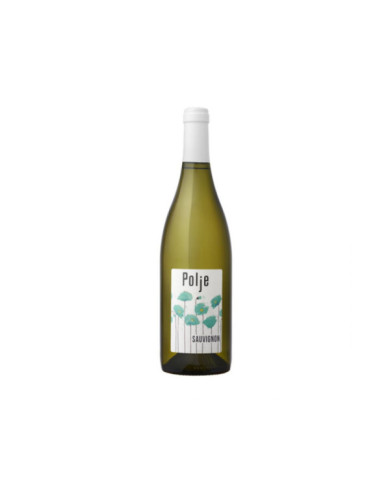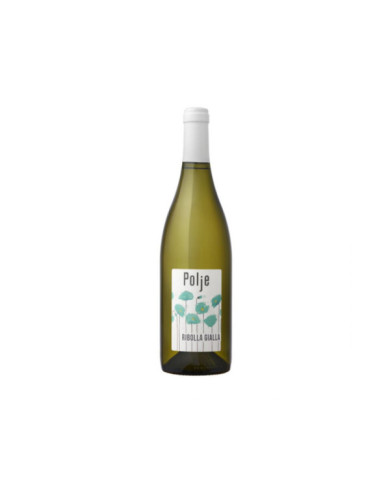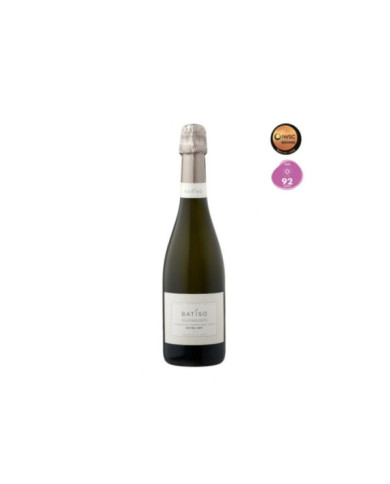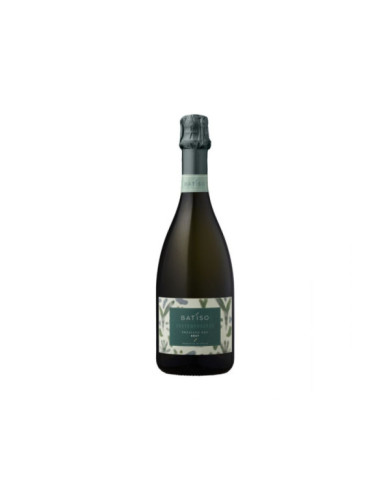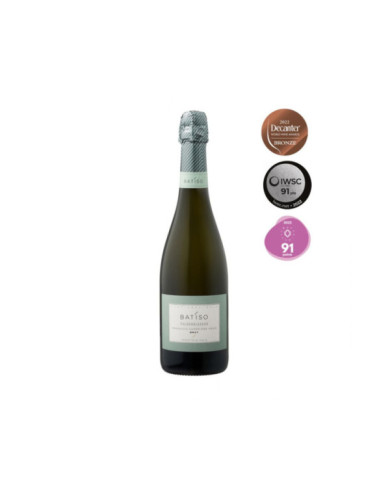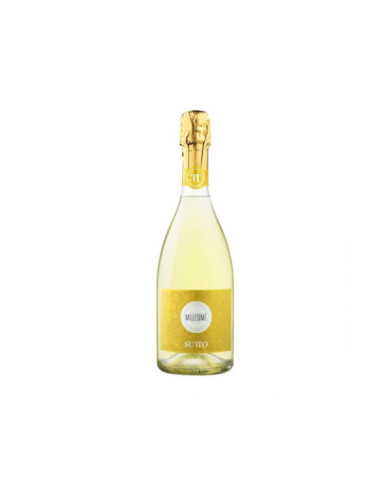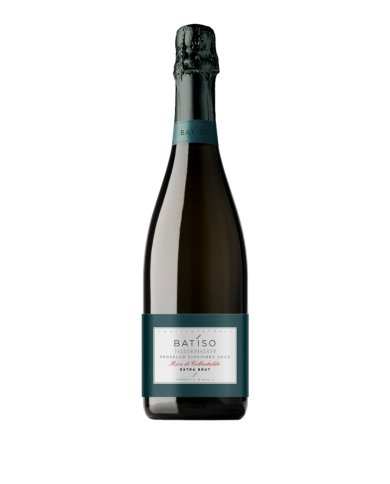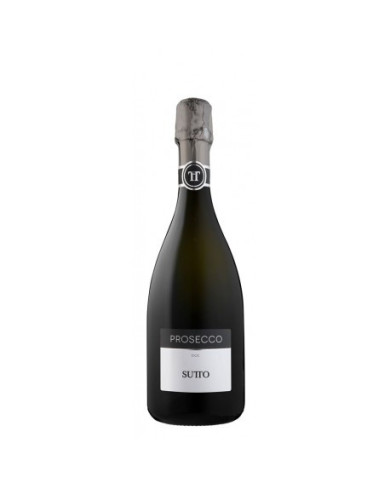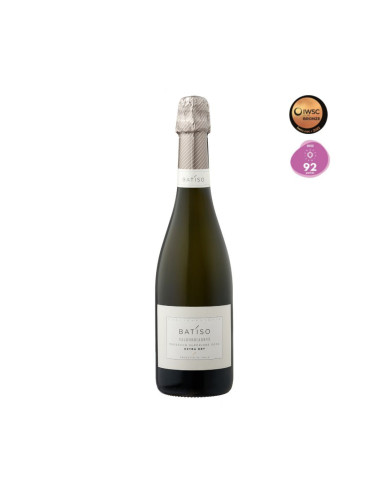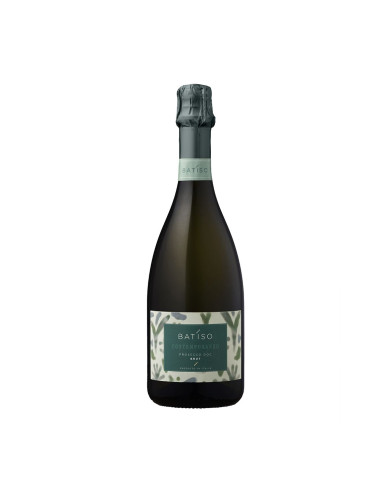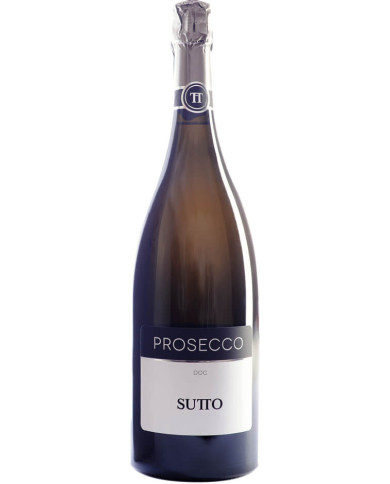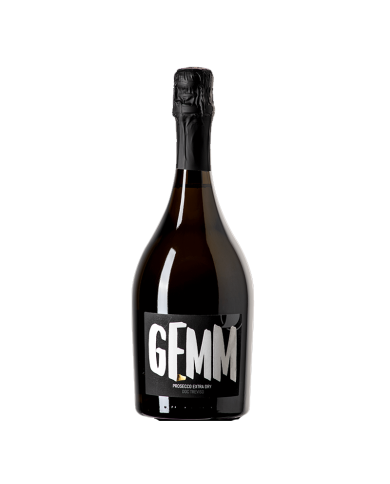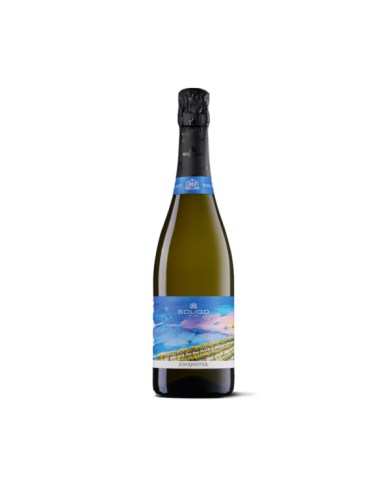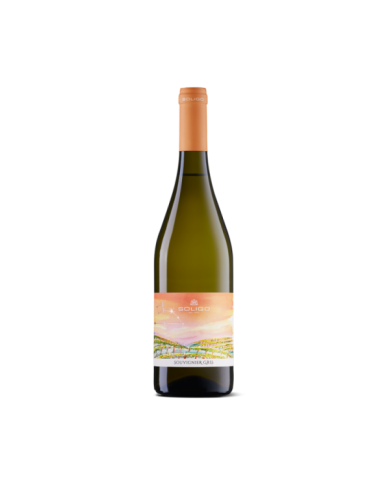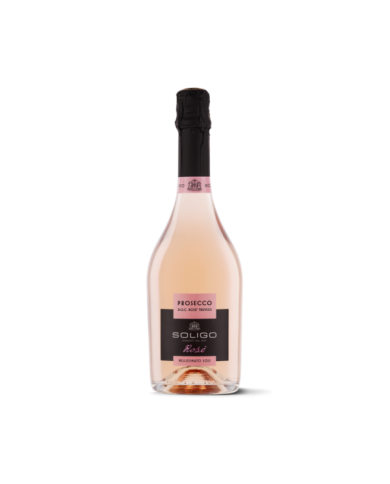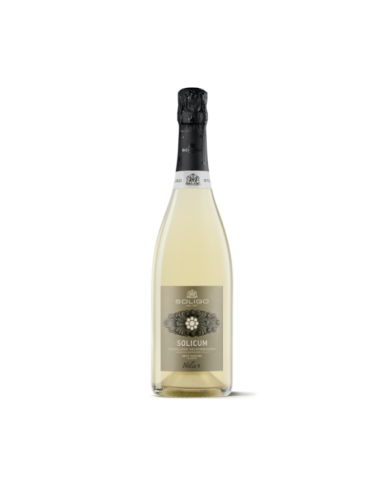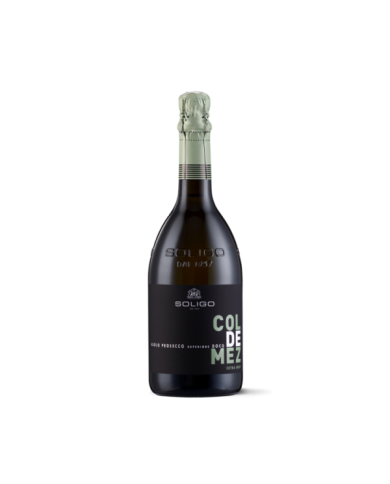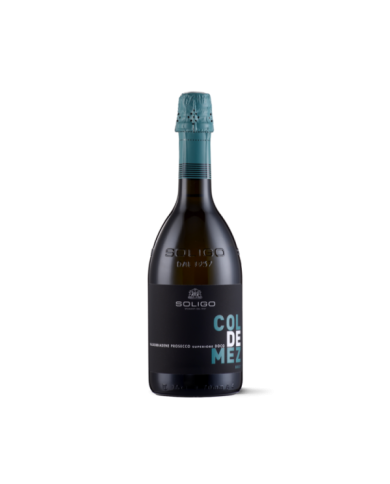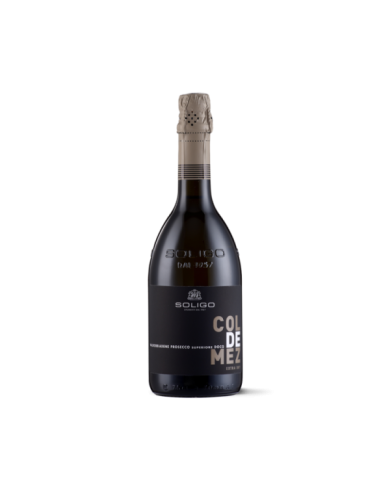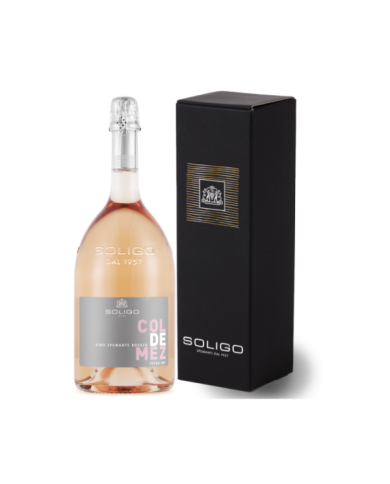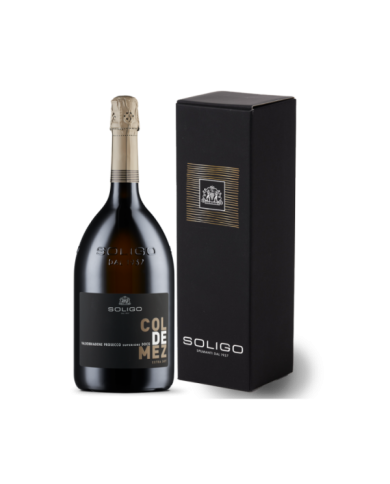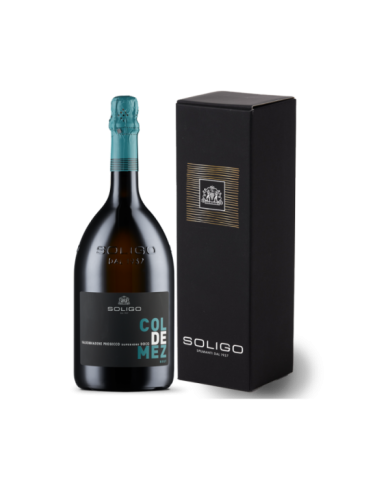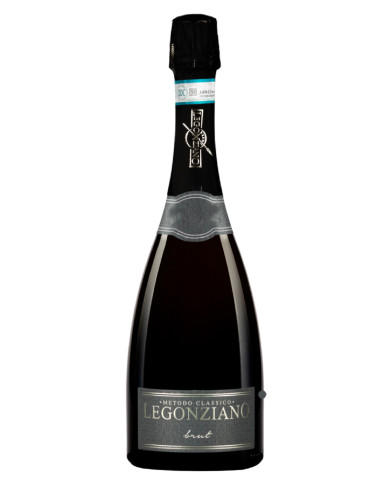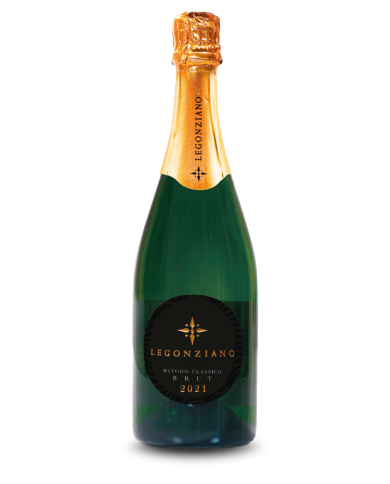Deep dark ruby red that gradually turns towards garnet. Powerful and aristocratic nose made of ripe fruit, jam, sensations of cocoa, walnut husk, tobacco and leather. A powerful yet gentle and elegant full-bodied wine, very noble in roundness, complex and with an unmistakable flavor played on the balance between volume and softness, warmth and freshness, austerity and richness.
Deep dark ruby red that gradually turns towards garnet. Powerful and aristocratic nose made of ripe fruit, jam, sensations of cocoa, walnut husk, tobacco and leather. A powerful yet gentle and elegant full-bodied wine, very noble in roundness, complex and with an unmistakable flavor played on the balance between volume and softness, warmth and freshness, austerity and richness.
The La Rocca vineyard is located on the hill of Mount Rocchetta, close to the medieval Scaliger castle of Soave. La Rocca enjoys a particular microclimate, which makes it possible to obtain a wine with a unique and unreproducible bouquet and gustatory notes, typical of a pedigree wine. Innovative, since its debut in 1978, it has marked a deep groove in the territory, becoming an undisputed symbol of quality and tradition.
From the minute and persistent perlage, straw yellow color, intense. Elegant, clean, fruity and floral nose. Pleasantly flavourful citrine, harmonious with a slightly aromatic finish.
Fine and delicate sparkling wine, obtained from Glera Doc grapes vinified in white, traditionally sparkling in an autoclave for about two months, then filtered and cold bottled. Straw yellow in colour, it smells of wisteria and ripe apple; the taste is pleasant and distinctive, thanks to its lively acidity. It is ideal as an aperitif and to accompany light fish and white meat dishes.
In the 1950s, during the reconstruction following the Second World War, Egidio Montagner wanted to commit himself to the creation of his own cellar, in which to produce quality wines. Over the years, the sons of the founder and later his grandchildren contributed to the construction of what is today one of the most prestigious wineries in Motta di Livenza. The refinement of grape processing techniques and the attention to technological innovations applied to the wine sector are determining factors in the affirmation and success of the wines, liqueurs and distillates produced by "Montagner Vini e Spumanti".
The aromatic-gustatory characteristic of Quattro Note allows it to be combined with various gastronomic specialities. It has a fine and long-lasting perlage, a straw yellow color with greenish reflections, the nose is rich in aromatic notes, fresh, persuasive, delicately fruity, with hints of apple and peach. The taste is pleasant, soft, slightly savory and permanent.
One of the historic wines of the company, the wine of Roberto, the hunter, who wanted to vinify together the different grapes that traditionally make up the blend and enrich them with a long aging in wood. From its taste a harmonious red wine was born, full of great personality and character, slightly fruity and pleasantly spicy.
Straw yellow, with a rather fine perlage. On the nose it expresses fragrant aromas of white pulp fruit, on the palate it is fresh, very soft, full. A rich and pleasant taste, whose closure stands out for its cleanliness. Excellent as an aperitif, it goes well with light appetizers. Excellent on typical vegetarian dishes.
Straw yellow, with a rather fine perlage. On the nose it expresses fragrant aromas of white pulp fruit, on the palate it is fresh, very soft, full. A rich and pleasant taste, whose closure stands out for its cleanliness. Excellent as an aperitif, it goes well with light appetizers. Excellent on typical vegetarian dishes.
With its luminous hues and very fine perlage, the Superiore di Cartizze Foss Marai has a broad and complex aromatic structure, which recalls white fruits, citrus fruits, peach and apricot, with an intense aroma of wisteria and rose.
The sparkling wine par excellence, the version that best enhances the typical characteristics of the Glera grapes. Strada di Guia 109 Extra-dry is rich in aromas, among which acacia and apple stand out for their intensity and elegance. The taste is captivating due to the freshness and residual sugar that blend beautifully
Straw yellow, with a rather fine perlage. The nose reveals fragrant aromas of acacia and apple. Captivating aromas, which open to a well-balanced taste between freshness and residual sugar. It closes with a finish of excellent persistence. Also as an aperitif, it goes well with delicate fish and white meat dishes.
Denomination: Franciacorta DOCG Brut Nature. Grapes: Chardonnay, Pinot Blanc and Pinot Gris. Recommended pairings: First courses, fish main courses and white meats. Alcohol: 12.5% Vol. Format: 1.5 lt. Serving temperature: 4 - 6 ┬░C. Typology: Franciacorta.
Denomination: Mille Bolle Gialle - Prosecco Docg Extra Dry Grapes: Glera Recommended pairings: perfect as an aperitif and with appetizers, first courses, risottos and shellfish. Alcohol: 11% Vol. Format: 0.75 litres. Serving temperature: 4-6┬░C. Typology: Prosecco
Denomination: Ultimo, Passito di Mnazoni Bianco IGT Veneto. Grapes: Manzoni Bianco Recommended pairings: Savory cheeses, dry pastries and desserts with candied fruit. Alcohol: 14% Vol. Format: 0.375 litres. Serving temperature: 12-14┬░C. Typology: Passito
Grapes: Raboso. Recommended pairings: Game, excellent "meditation wine". Alcohol: 13% Vol. Format: 0.75 litres. Serving temperature: 18┬░C. Typology: Red
Grapes: Cabernet Franc, Cabernet Sauvignon. Recommended pairings: Grilled meat, aged cheese and cured meats. Alcohol: 13% Vol. Format: 0.75 litres. Serving temperature: 18┬░C. Typology: Red.
Appellation: Merlot IGT Trevenezie. Grapes: Merlot. Suggested pairings: Grilled meat and farmyard white meats. Alcohol: 13% Vol. Format: 0.75 litres. Serving temperature: 18┬░C. Typology: Red.
Color: Intense vivid red with violet reflections. Perfume: An intense and complete scent of red fruit that develops in very slight hints of black pepper and cinnamon, enriched by slight notes of tertiary perfumes: wood and leather. Taste: A dry, decisive and harmonious wine with excellent structure and persistence. It guarantees an articulated evolution in the glass which enhances the olfactory perceptions. Pairings Ideal to accompany the noblest cuts of beef as well as traditional roasts. Excellent when paired with seasoned, non-spicy cheeses, it masterfully pairs with truffle-based dishes.
Denomination: Prosecco DOC Ros├® Millesimato 2021 Brut. Grapes: Glera and Pinot Noir. Recommended pairings: Ideal as an aperitif and with light and fresh dishes such as risotto, pasta and fish-based dishes. Alcohol: 11% Vol. Format: 0.75 litres. Serving temperature: 6-7┬░C Typology: Prosecco Ros├®.
Denomination: Fantazija Bianco Doc Collio. Grapes: Cuv├®e of the territory. Recommended pairings: Appetizers and first courses based on fish and with soups in general. Alcohol: 13.5% Vol. Format: 0.75 litres. Serving temperature: 8-10┬░C. Typology: White
Denomination: Rosso Doc Collio. Grapes: Cabernet and Merlot. Suggested pairings: Courtyard white meats and Italian appetizers. Alcohol: 13% Vol. Format: 0.75 litres. Serving temperature: 18┬░C. Typology: Red
Denomination: Pinot Grigio DOC Collio. Grapes: Pinot Gris. Recommended pairings: White meats, fish soups and grilled shellfish. Alcohol: 13% Vol. Format: 0.75 litres. Serving temperature: 6-8┬░C. Typology: White
Denomination: Sauvignon DOC Collio Grapes: Sauvignon. Recommended pairings: Appetizers, spicy first courses and in combination with lobsters. Alcohol: 13% Vol. Format: 0.75 litres. Serving temperature: 6-8┬░C. Typology: White
Denomination: Ribolla Gialla IGT Venezia Giulia. Grapes: Ribolla Gialla. Suggested pairings: As an aperitif or with hors d'oeuvres, fish and sauce-based dishes. Alcohol: 13% Vol. Format: 0.75 litres. Serving temperature: 6-8┬░C. Typology: White.
Denomination: Prosecco DOC Brut. Grapes: Glera Recommended pairings: Vegetable and seafood appetizers, seafood and fish dishes. Alcohol: 11% Vol. Format: 0.75 litres. Serving temperature: 4-6┬░C Typology: Prosecco
Prosecco spumante DOC Treviso Extra Dry Grapes: Glera 100% Harvest: Third week of August Alcohol content: 11% vol. Method: Charmat
Johanniter is a white grape variety resistant to fungal diseases created from the cross between Riesling and Freiburg 589-54 several decades ago, in 1968 in Germany. The grapes are harvested towards the end of August. As soon as they arrive in the cellar, the bunches are softly pressed and the must is fermented in steel tanks. Once the base wine has been obtained, the second fermentation takes place, i.e. the sparkling process according to the Charmat Method. * resistant vine: it is a vine obtained from interspecific crossings aimed at lowering the susceptibility of the plant towards cryptogamic diseases (such as downy mildew and powdery mildew) and low temperatures. In this way a stronger plant is obtained and consequently viticulture becomes ethically and ecologically more sustainable both for man and for the environment. The resulting wines are healthier and qualitatively not inferior to the conventional ones we usually consume. In Italy, the cultivation of 10 resistant grape varieties is currently permitted. Colli del Soligo offers two, Souvignier Gris in the still wine version and Johanniter in the sparkling version. Taste to know. Don't miss the opportunity, taste it!
Souvignier Gris is a vine resistant* to fungal diseases, it was created by crossing the Seyval variety with the Zahringer in 1983 in Germany. The bunches of grapes are harvested at the beginning of September, once they reach the cellar they are pressed and the must is left to macerate on the skins for a few days. This gives the characteristic color and enriches the aromatic bouquet. At the end of this process the alcoholic fermentation starts in stainless steel containers. Maturation follows, which for 30% of the mass takes place in new wooden barriques and continues for about six months. This is where the spicy aromas and the particular warm and rich flavor originate. After which the two masses are united again and following the blend is filtered and bottled to then be put on the market after a few months of rest in the bottle. * resistant vine: it is a vine obtained from interspecific crossings aimed at lowering the susceptibility of the plant towards cryptogamic diseases (such as downy mildew and powdery mildew) and low temperatures. In this way a stronger plant is obtained and consequently viticulture becomes ethically and ecologically more sustainable both for man and for the environment. The resulting wines are healthier and qualitatively not inferior to the conventional ones we usually consume. In Italy, the cultivation of 10 resistant grape varieties is currently permitted. Colli del Soligo offers two, Souvignier Gris in the still wine version and Johanniter in the sparkling version. Taste to know. Don't miss the opportunity, taste it!
Discover the secrets of Veneto wines: Italian excellence
The wines of the Veneto are known all over the world for their excellence. High quality wines, which offer a unique experience to their drinkers, are produced from vineyards located in the green hills of the Veneto region. If you are looking to discover the secrets of Veneto wines, then you have come to the right place. In this article, we will explore some of the secrets of Veneto wines and how they can be a unique and unforgettable experience.
The types of wine of the Veneto
The wines of the Veneto are known for their versatility. There are several types of wine that can be produced, including white, red, ros├® and sweet wines. The white wines of the Veneto are known for their freshness and fragrance. The red wines of the Veneto region are full of aromas of fruit and spices. Ros├® wines from Veneto are soft and fruity. The sweet wines of the Veneto are particularly appreciated for their intense and rich taste.
The vines of the Veneto
The vines of the Veneto are among the most appreciated in the world. There are several grape varieties that are grown in the hills of the Veneto region, including Garganega, Corvina, Merlot, Cabernet Franc, Trebbiano di Soave and Pinot Grigio. Each grape variety is characterized by a unique taste and provides a unique tasting experience.
The DOCs of the Veneto
The wines of the Veneto are classified according to their quality and their production area. There are two categories of wine, DOC and DOCG. DOC wines are produced from a specific geographical area and must meet certain quality criteria. DOCG wines are produced from a specific geographical area and must meet even more stringent quality criteria.
The best wines of the Veneto
Veneto wines are known for their exceptional quality. Many of Veneto's wines are considered among the best in the world. Some of the most renowned wines come from the Veneto region, including Soave, Valpolicella, Amarone, Bardolino and Prosecco. These wines are appreciated all over the world for their quality and uniqueness.
How to best enjoy the wines of the Veneto region?
The wines of the Veneto can best be enjoyed in a suitable context. The wines of the Veneto are ideal to accompany typical dishes of the Veneto, such as pasta, rice, meat and cheese. They are also ideal to drink as an aperitif before a meal or as an accompaniment to a dessert. They can also be enjoyed on their own as a meditation wine.
Denomination Wines of the Veneto
Veneto is one of the most renowned Italian regions for the production of wine, with a vast range of native vines and denominations of origin that testify to its richness and variety. In this article, we will discover the enological treasures of the Veneto, exploring the grape varieties, classifications, the most representative red and white wines, production methods, food pairings and much more.
The Veneto region
History
Viticulture in the Veneto has very ancient origins, dating back to Roman times. Over the centuries, the cultivation of vines has developed and consolidated, resulting in wines of great prestige and international recognition.
Geography
Veneto is located in the north-east of Italy and extends from the Dolomites to the Venice lagoon. The region has a remarkable diversity of landscapes and terroirs, which is reflected in the variety of wines produced.
Climate
The climate of the Veneto is characterized by cold, rainy winters and hot, humid summers, with considerable temperature variations between day and night. These climatic conditions favor the ripening of the grapes and the expression of complex aromas and flavours.
Native vines
Garganega
Garganega is the most widespread white grape variety in the Veneto region, mainly used for the production of Soave. The wines obtained from the Garganega are fresh, elegant and aromatic, with notes of white flowers and white pulp fruit.
Raven
Corvina is a typical red grape of the Veneto region, used above all in the production of Amarone della Valpolicella and Valpolicella Ripasso. The wines produced with Corvina are characterized by a good structure, soft tannins and fruity and spicy notes.
Raboso
Raboso is another native red grape variety from the Veneto region, known for its acidity andtannins. The wines obtained from Raboso are intense, persistent and long-lived, ideal for ageing.
Wine classifications
DOCG
Veneto has numerous wines classified as DOCG (Denomination of Controlled and Guaranteed Origin), including Amarone della Valpolicella, Recioto di Soave and Prosecco Superiore di Conegliano-Valdobbiadene.
DOC
The region also boasts several DOC denominations (Controlled Designation of Origin), such as Bardolino, Valpolicella, Soave and Lugana, which attest to the quality and typicality of the wines produced.
IGT extension
Finally, wines that do not fall under the DOC and DOCG denominations can be classified as IGT (Indicazione Geografica Tipica) Veneto, a more flexible category that allows the use of a wider range of grape varieties and production methods.
Red wines from Veneto
Amarone della Valpolicella
Amarone della Valpolicella is a full-bodied and structured red wine, produced with dried and fermented grapes to obtain a high concentration of sugars and alcohol. It has notes of dried fruit, spices and chocolate, with a long and persistent finish.
Bardolino
Bardolino is a light and fruity red wine, mainly produced with Corvina and Rondinella grapes. It is characterized by its freshness and drinkability, with notes of cherry and red fruits.
Valpolicella Ripasso
Valpolicella Ripasso is a red wine obtained through a "ripasso" process, i.e. the fermentation of Valpolicella on Amarone pomace. The result is a more full-bodied and complex wine, with notes of ripe fruit, spices and tobacco.
White wines of the Veneto
Sweet
Soave is a dry and mineral white wine, mainly produced with Garganega grapes. It has floral, white-fleshed fruit and almond notes, with a fresh and savory finish.
Prosecco
Prosecco is a sparkling white wine, produced with Glera grapes and fermented according to the Charmat method. It is characterized by a creamy froth, notes of flowers and fresh fruit and a soft and pleasant finish.
Lugano
Lugana is a white wine produced with Turbiana grapes, grown in the area between Veneto and Lombardy. It is an elegant and refined wine, with notes of white flowers, fruit and minerals.
Production method
Withering
Appassimento is a drying process of the grapes, used in the production of Amarone della Valpolicella and Recioto di Soave. The dried grapes concentrate the sugars and aromas, giving the wines a unique and distinctive character.
Charmat method
The Charmat method is used for the production of Prosecco and involves a second fermentation in an autoclave, which gives the wine its characteristic effervescence.
Classic method
The classic method, used for some Veneto sparkling wines such as Prosecco Superiore di Conegliano-Valdobbiadene, involves a second fermentation in the bottle and a period of aging on the lees, which gives the wine greater complexity and finesse.
Food pairings
The wines of Veneto go perfectly with the local cuisine, rich in flavors and traditions. Red wines, such as Amarone and Valpolicella Ripasso, go well with meat and game dishes, while white wines, such as Soave and Lugana, go well with fish and vegetable dishes.
Visits to cellars
If you are interested in discovering the wines and producers of the Veneto in person, you can organize guided tours of the cellars and tastings directly at the vineyards. This is an excellent opportunity to appreciate the beauty of the area and get to know the people who, with passion and dedication, carry on the winemaking tradition of the region.
Veneto is a land of unique and fascinating wines, the result of a long tradition and an extraordinary territory. From the discovery of native vines to visits to cellars, immerse yourself in the culture and flavors of this fascinating Italian region and let yourself be conquered by its wines.
What are the most famous Denomination Wines of the Veneto Wines?
Veneto is one of the most important wine regions of Italy, with a large variety of high quality wines. Among the most famous wine denominations of the Veneto region there are:
-
Valpolicella DOC: is a specific designation for red wines produced in the Valpolicella area, north of Verona. These wines are mainly made with Corvina, Rondinella and Molinara grapes.
-
Amarone della Valpolicella DOCG: it is a specific denomination for the red wines of Valpolicella that have undergone a drying process of the grapes before fermentation. These wines are very rich and full-bodied, with a remarkable aromatic complexity.
-
Soave DOC: is a specific designation for white wines produced in the Soave area, east of Verona. These wines are mainly made with Garganega and Trebbiano di Soave grapes.
-
Prosecco DOC and DOCG: these are two specific denominations for sparkling wines produced in the Veneto and Friuli Venezia Giulia areas. Prosecco DOC is produced in the area of the province of Treviso, while Prosecco Superiore DOCG is produced in a more restricted area in the province of Treviso and Belluno.
-
Bardolino DOC: is a specific designation for red and ros├® wines produced in the Bardolino area, on the shores of Lake Garda. These wines are mainly made with Corvina, Rondinella and Molinara grapes.
These are just a few examples of the wine denominations of the Veneto, but the region has many other high quality and internationally recognized wine productions.
What are the most important native vines of the Veneto region?
Garganega, Corvina and Raboso are the most representative native vines of the region.
What is the difference between DOCG, DOC and IGT?
The DOCG guarantees the origin and quality of the wines produced in a specific geographical area, the DOC indicates a wider geographical origin and greater flexibility in the choice of grape varieties and production methods, while the IGT allows for an even wider range of vines and production methods.
What are some of the best known red and white wines of the Veneto region?
Among the red wines, Amarone della Valpolicella, Bardolino and Valpolicella Ripasso are highly appreciated. As for white wines, Soave, Prosecco and Lugana are among the best known.
What production methods are used in the Veneto region?
Different production methods are used in the Veneto region, including appassimento, the Charmat method and the Classic method.
Is it possible to visit the cellars and taste the wines of the Veneto region?
Yes, many wineries offer guided tours and tastings directly at the vineyards. It is advisable to contact the cellars to organize a visit and enjoy an unforgettable experience in the heart of the Veneto region.


